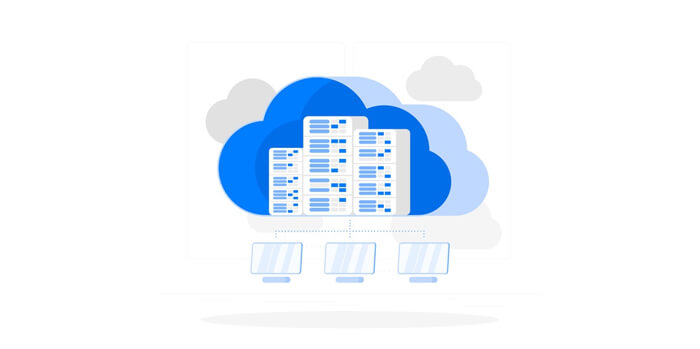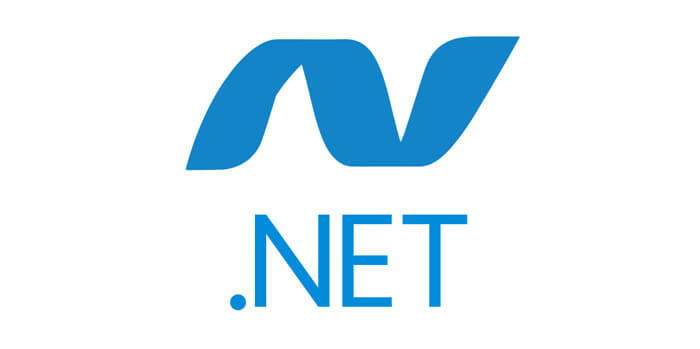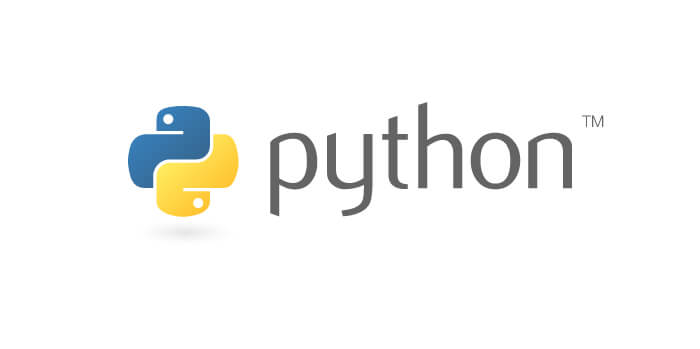Fundamentals of Web Application Architecture

The average internet user gets to see a specific page on his/her system through a series of interactions between various components of applications, user interfaces, middleware systems, databases, servers and the browser. And the framework which ties up this relation and interaction together is Web Application Architecture. In a nutshell, the flow of processes typically include the user browsing for an URL following which the browser triggers a search.
When searching, the network sends data to the browser from the server, and then the browser displays the page that has been requested. So, in a simpler way, Web Application Architecture includes various components and external applications. The transition to progressively better applications has resulted in transformed capabilities on frontend and backend processes. Most of the people use mobile for search and that is why the need is for Web App Development and architecture that meets requirements across all platforms. And with the new requirements the apps are becoming more complex and developers who are tasked to build an app increasingly veering towards full stack development architecture.
The Workings of Web Application Architecture
There are two different sets of programs in the Web Applications that run separately yet simultaneously with the shared goal of working for delivering solutions. There are two sets of programs including the code in the browser which works as per the inputs of the user and the code in the server which works as per the requests of protocols, the HTTPS. Or we can say that web developers need to be able to decide on the functions of the code on the server and the functions of the code on the browser and how these two will function in relation to each other.
The Three Type of Web Application Architecture include
1. Single Page Applications
With everything ready to go, a single-page web app is more popular. The most sought after applications include only the required elements of content. This allows a greater interactive user experience, permitting the Single page web app and the user to have a more dynamic interaction.
2. Microservices
Developers want to roll out applications faster along with greater efficiency, and the execution of a single and specific functionality through Micro services framework allows developers to do so. As various components are developed in different coding languages, there is greater flexibility in choosing a technology of choice.
3. Server less Architecture
This permits applications to execute without a correlation to infrastructure related tasks, where the developers do not have to manage the backend servers, working on third party infrastructure.
Web Application Architecture: Components
Web Application Architectures comprises various components that are segregated into categories of components user interface app components and structural components.
User Interface App Components
This is a reference to the web pages that have a role that is related to the display, settings and configurations. It is related to the interface/experience, rather than the development, and consequently it deals with display dashboards, configurations settings, notifications, and logs etc.
Structural Components
The structural components of a web application basically refer to the functionality of the web application with which a user interacts the control and the database storage. There are various structural components: 1.The web browser or client 2.The web application server and 3.The database server.
The web browser or client permits the users to interact with the functions of the web apps and is generally developed using HTML, CSS, and JavaScript. The web application server handles the central hub that supports business logic and multi-layer applications, and is generally developed using Python, PHP, Java, .NET, Ruby, and Node.js. The database server offers business logic and relevant information/data that is stored and managed by the web application server. It stores, retrieves and provides the information.
Web Server Architecture
Web server architecture refers to the ideal and common layout of a web server, that facilitates the design, development and deployment of the web server. The role is to accede to the requests of clients, including browsers and mobile apps via secure protocols. The requests could pattern to page resources or could also be related to a REST API. Web servers are natural to the working of web apps, mandating the need for increased emphasis on web server architecture, including the server’s physical capacity – storage, memory. computing power, and performance, apart from the app tiers. There are different types of web server architecture that include
A. Java Web Application Architecture
Java is one of the most famous languages and is responsible for the enterprise development environment. The requirements of a solution determine the extent/the complex nature of web application architectures for instance, the solutions could be either simple or multi-tiered applications. Even with the complex nature of the application, Java Web Application Architecture is the preferred platform for developers to build solutions and deliver as per expectations. One disadvantage of this architecture is the ability to combine and rely on the Java native tools, and frameworks for creating applications straddling the entire spectrum from simple to the most complex of applications.
B. Cloud Based Web Application Architecture
The invention of cloud was really important and the migration to the cloud is more of an imperative than a choice, primarily as a result of the benefits across all parameters. Consequently, cloud based web application architecture have been developed, this has resulted in the creation of a corollary – the decoupling of data. In other words, cloud based apps function and store information on local servers and the cloud.
C. Node,js Web Application Architecture
At the core of Node.js web application architecture, lies the pattern of model view; for instance, the model view controller, the model view view model and the model view presenter. It allows the creation of patterns for the purpose of identifying code elements, and also to configure the elements, apart from routing.
D. .NET Web Application Architecture
.Net completes the requirement of cross platform support, micro services and side by side versioning. The best part of using this framework is its ability to store data without the need for applying database code. Known as a Data Access Layer, it helps improve functionality and development, as the architecture relies on ASP.NET core and .NET Core of optimization.
E. PHP web application architecture
By virtue of being the least complex and highly functional development languages, PHP is one of the most popular among the community. The architecture permits robust security, swift development, a dedicated framework, simple maintenance, and extended support from a community of developers.
F. Python web frameworks
Python facilitates the development of web applications with code that is short/concise, easily readable and maintainable. This is one of the reasons why developers take a fancy to Python for use as a server side scripting language. It speeds up the web application in addition to dispensing with the need for web application maintenance. Custom web application through Python development is achieved by using multiple Python Web Frameworks, including full stack. Not only is it dynamic, it does not require lengthy coding, typically reducing coding length by as much as 1/5th of other programming languages.
Perhaps the biggest advantage of Python is that the language is considered as the most suited one for prototyping.
The business needs of a solution needs to be viewed in the context of technical needs and vice versa. The right web application architecture paves the way for future plans of expansion and scalability with what can be called as an intelligent blueprint. Expansion in the future is not just increased demand, but will inevitably include requirements such as interoperability and the need for increased reliability.










